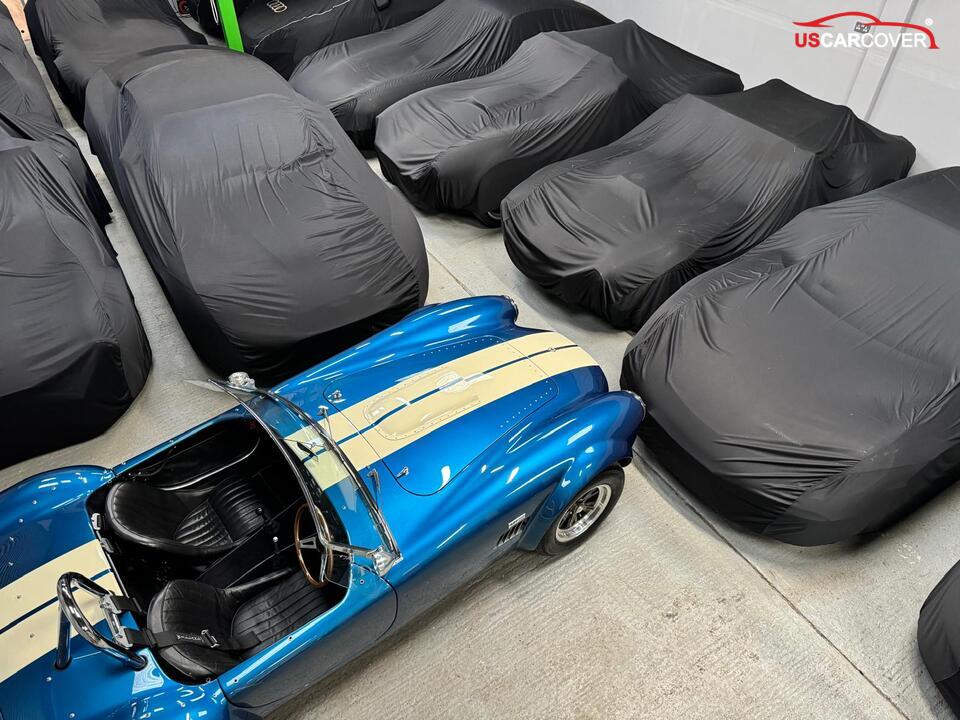
Protecting your AC Cars is not just about keeping them clean - it’s about preserving a piece of automotive history. Classic vehicles like AC Cars are rare, highly collectible, and vulnerable to harsh environmental conditions such as UV rays, rain, dust, and fluctuating temperatures. Over time, these factors can cause paint fading, rust, and interior damage, reducing both beauty and value.
For owners, safeguarding an AC car goes beyond regular maintenance; it requires proper protective care. One of the most effective ways is by using custom car covers, designed to shield these timeless classics from wear and tear. This blog will guide you through the heritage of AC Cars, highlight their most iconic models, and explain why tailored car covers are essential for keeping them in pristine condition.
Overview of AC Cars: Heritage and Legacy
AC Cars (Auto Carriers Ltd.) is one of the most iconic names in British motoring history. Founded in 1901, it holds the title as the oldest active car manufacturer in the United Kingdom. From its earliest vehicles to modern revivals, AC has always stood for innovation, craftsmanship, and exclusivity.
The brand is perhaps best known for the AC Ace, a lightweight sports car that became the foundation for the legendary AC Cobra, developed in partnership with Carroll Shelby. This collaboration transformed AC from a respected British manufacturer into a global automotive icon.
Today, AC Cars continues to honor its legacy by producing both heritage-inspired classics and modern high-performance models, appealing to collectors and enthusiasts who value rarity, history, and driving excitement.
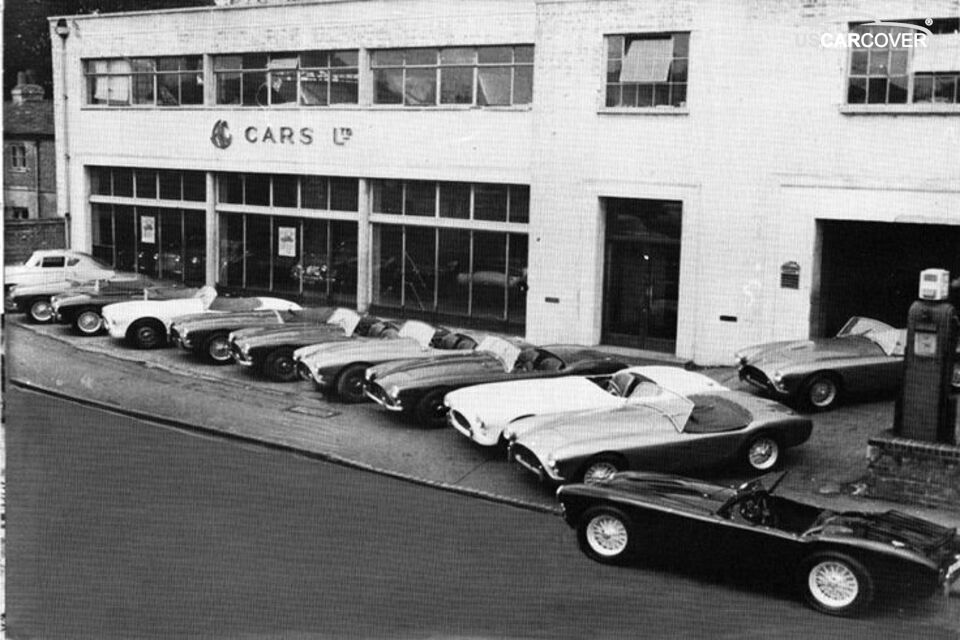
Related Articles: Abarth Car Covers – Best Covers to Protect Your Abarth in Any Weather
Iconic Models of AC Cars
AC Ace (1953–1963)
The AC Ace is where it all began for modern AC legends. Produced as a 2-door roadster with only around 220 units built, the Ace combined lightweight design with agile handling. More importantly, it provided the chassis that Carroll Shelby later transformed into the world-famous Shelby Cobra, cementing its place in automotive history.
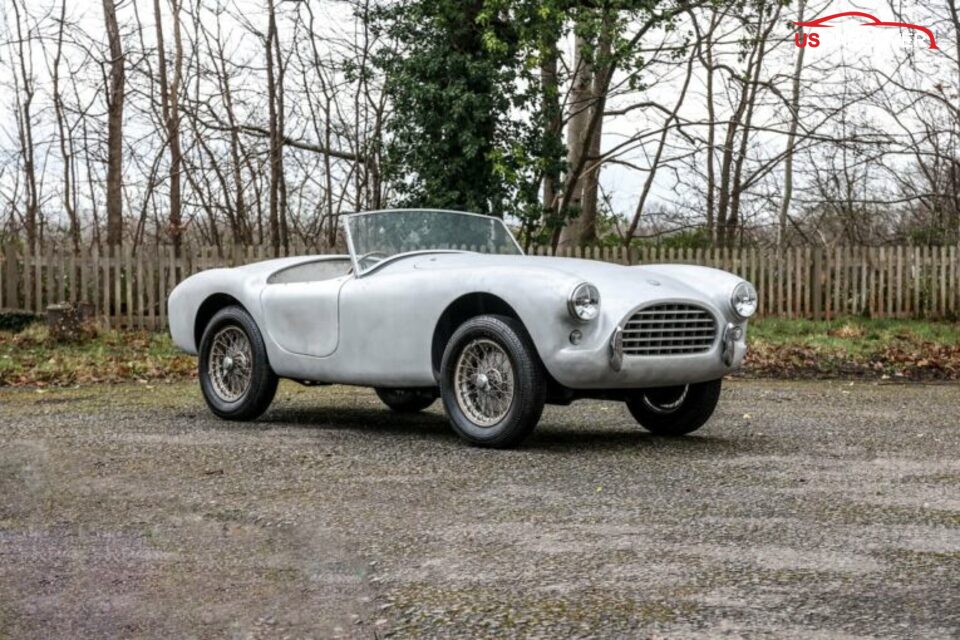
AC Ace Bristol & Ace 2.6
The Ace Bristol introduced a Bristol straight-six engine, offering more power and refinement, while the Ace 2.6 came with a Ford Zephyr engine. These variants made the Ace lineup more versatile and appealing to different types of drivers, without losing its sporting DNA.
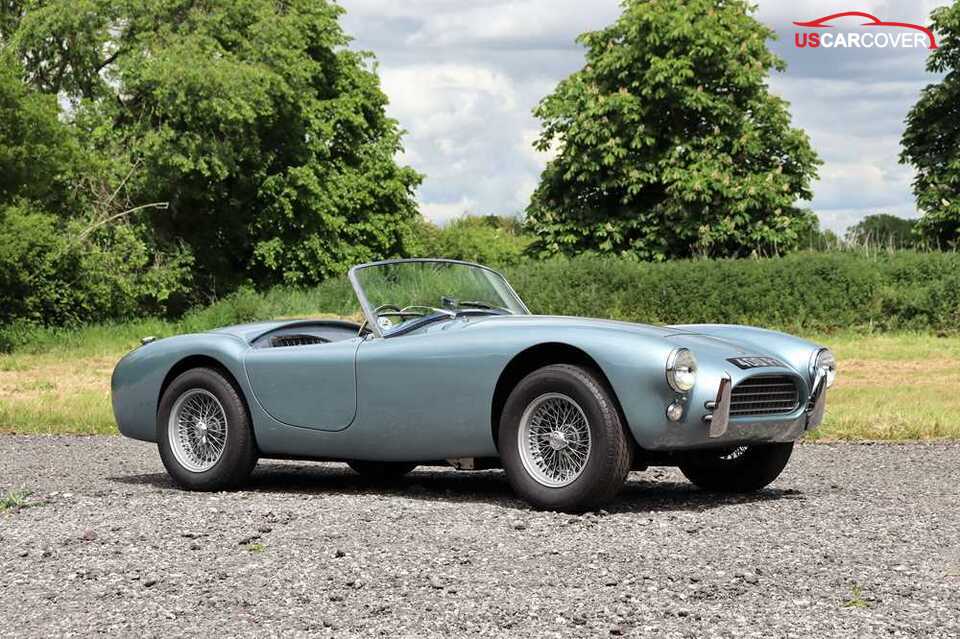
AC Greyhound (1959–1963)
For those who wanted more space and practicality, AC offered the Greyhound—a 2+2 grand tourer. Only about 83 cars were ever produced, making it one of the rarest AC models today. Its elegant styling and limited numbers make it a prized collectible.
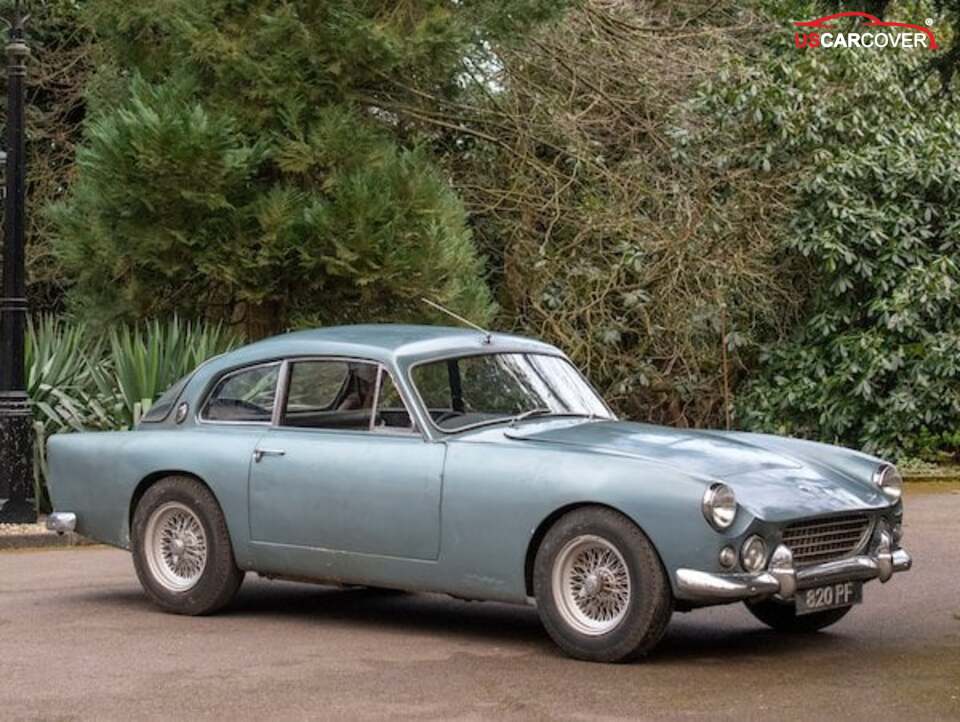
AC Frua (1965–1973)
Also known as the AC 427/428, the Frua was a luxury GT designed by Italian coachbuilder Pietro Frua. Built on an extended Cobra chassis, it combined European styling with American power. With just 81 cars produced, the AC Frua remains a rare blend of style, performance, and exclusivity.
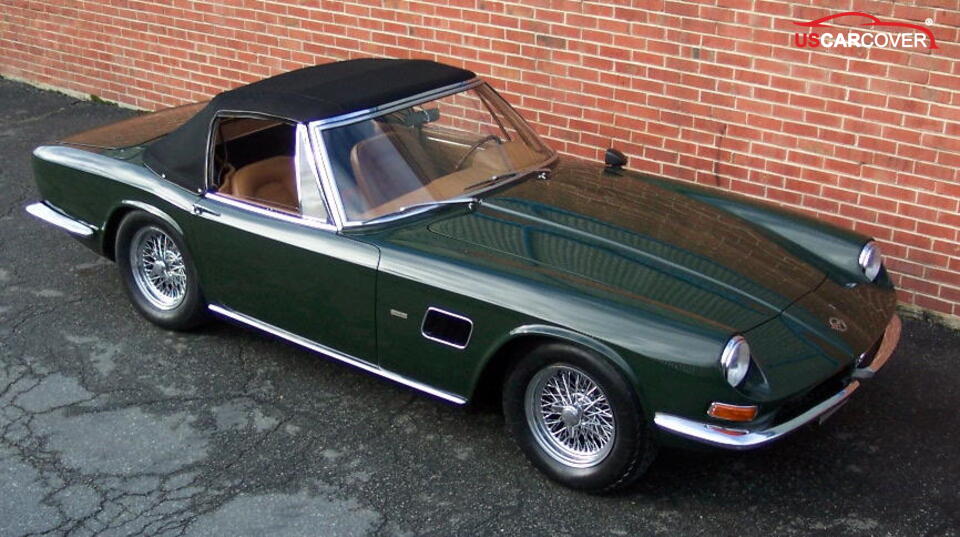
Modern Revivals
- AC Ace Classic - Recently, AC Cars reintroduced the Ace, available as a petrol-powered or electric restomod. This new version pays homage to the 1950s original while adapting to modern performance and environmental demands.
- AC GT SuperSport – Set to arrive in the U.S. around 2027, this high-performance supercar will feature an incredible 1,025 bhp V8 engine. With prices starting from $550,000, the GT SuperSport is positioned as a limited-edition flagship that continues AC’s legacy of blending power with exclusivity.
AC Cars Price Landscape
Protecting your AC Cars also protects real monetary value. Here’s the current market snapshot for AC Cars:
- Average price (brand level): ~$211,911 — this is the average sale price tracked for AC Cars.
- Highest recorded sale: $764,000 — paid for a 1957 AC Ace Bristol Le Mans Roadster (sold Aug 18, 2023)
- Lowest recorded sale (recent): $17,500 — a 1948 AC 16/80 2-Litre Sports Project sold at Bring a Trailer on Jun 25, 2024.
Why include these numbers? They show the wide value range across AC models, from affordable projects to six-figure rarities and underline why correct preservation and protection are essential for owners and collectors
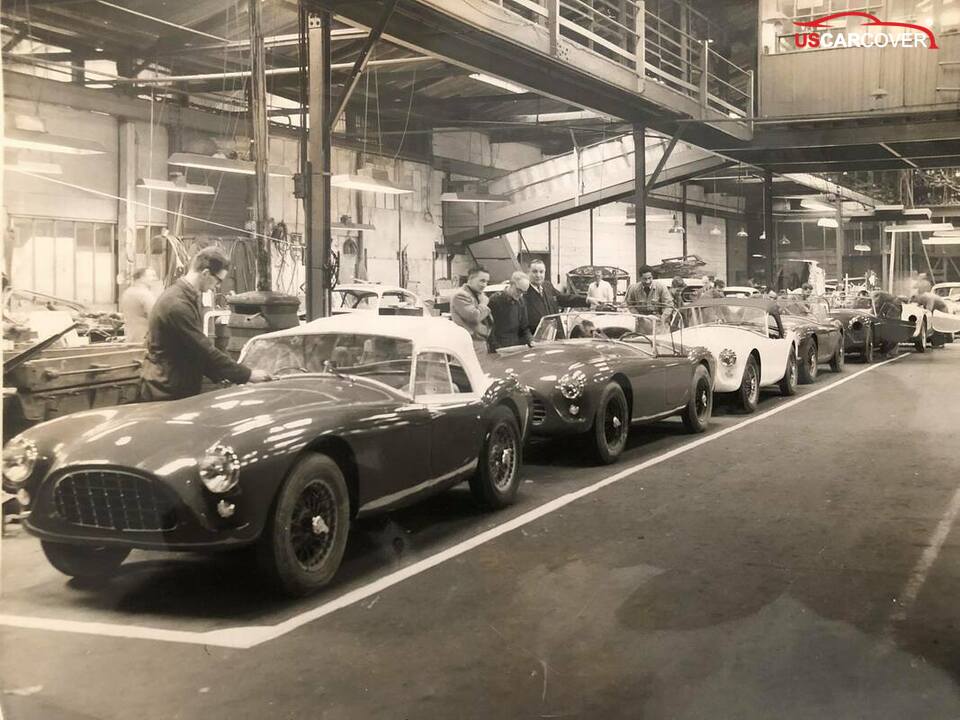
Related Articles: Why Every Abarth Owner Needs a Car Cover – Top Benefits Explained
Why Protecting Your AC Cars Is Critical
Protecting your AC Cars preserves both history and investment. Key reasons:
- Rarity & collectibility: Many AC models were built in small runs or are hand-crafted restorations, so each surviving car can be historically important and financially valuable. Market evidence shows big swings in sale prices for well-preserved examples.
- Environmental damage is real: UV rays fade paint and accelerate clearcoat degradation; moisture and condensation promote corrosion and interior rot; dust and airborne contaminants abrade finishes over time. These problems are especially damaging to older materials and original finishes.
- Value & appearance preservation: A well-maintained, properly protected car keeps higher resale/auction value and looks better for shows, events, and daily enjoyment. Small, preventable issues (surface oxidation, mildew, chrome pitting) often become expensive restorations if ignored.
Investing in protection (storage, covers, moisture control, maintenance) is usually far cheaper than restoration or value loss later.
Methods for Protecting AC Cars
Below are practical, proven methods to keep an AC car in top shape — short, actionable, and industry-backed.
1. Garaging - aim for climate control
Store your AC in a clean, dry, climate-controlled garage when possible. Stable temperature and low humidity reduce condensation, slow material breakdown, and protect leather, wood, and metal. If climate control isn’t possible, choose the driest, cleanest indoor spot and check frequently.
2. Regular Cleaning & Waxing
Wash gently and wax or apply a paint sealant every season (or more often if driven). Wax/sealant protects against UV and pollutants and reduces the need for aggressive polishing later. Avoid harsh chemicals and always follow products recommended for classic finishes.
3. Moisture Control
Use desiccants / moisture absorbers inside the cabin and trunk, especially during long storage. This helps prevent mildew, interior rot, and hidden corrosion. For long-term storage, inspect for any trapped moisture under covers and consider periodic airing.
4. Routine Mechanical Maintenance
Even a car in storage needs basic attention: run the engine occasionally (or use a trickle charger), change fluids as recommended, lubricate moving parts, and maintain tire pressures. These steps prevent seals from drying out, batteries from dying, and brakes/tires from deteriorating.
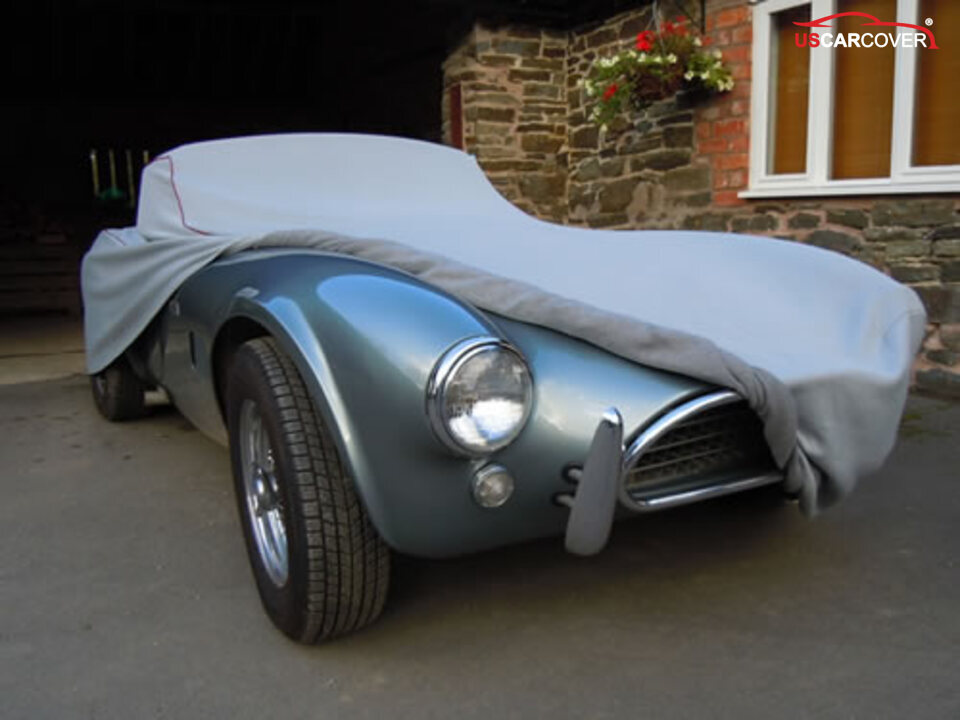
Why Use Custom Car Covers for AC Cars
Protecting your AC Cars with a custom-fit car cover is one of the smartest investments you can make. Unlike generic covers, custom options are tailored specifically for your vehicle’s make, model, and year. This precision fit prevents wind flap damage, minimizes dirt accumulation, and ensures the cover stays secure even in challenging conditions.
High-quality covers are built with multi-layer breathable fabrics. These materials block UV rays, resist moisture, and stop dust or small debris from scratching delicate surfaces. For rare classics like the AC Ace, Greyhound, or Frua, even minor scratches or fading can reduce value significantly.
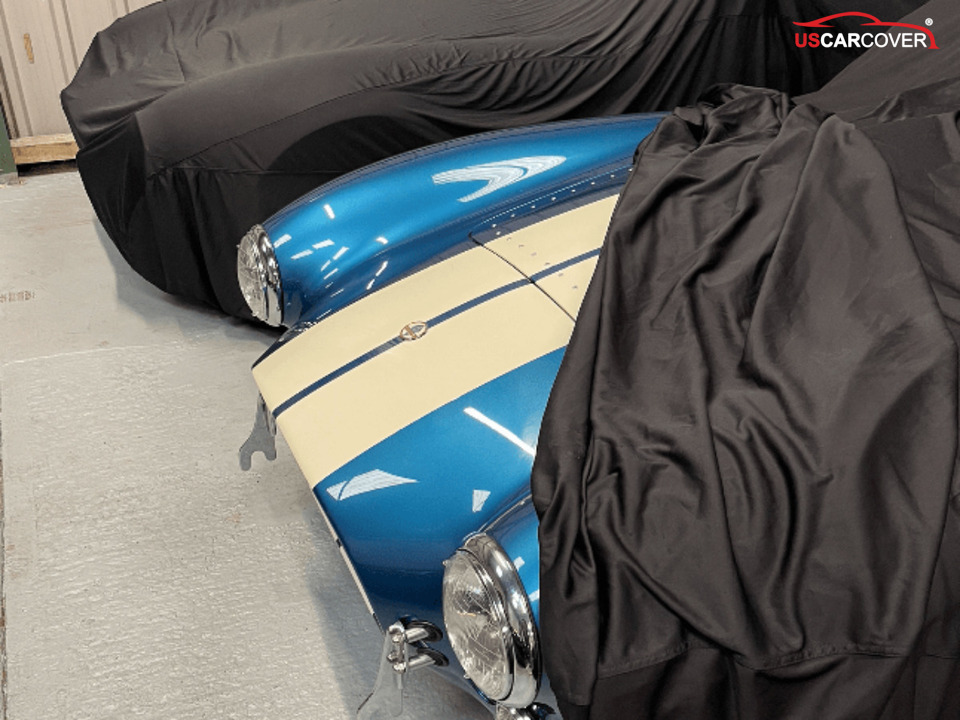
Related Articles: How to Choose the Best Abarth Car Cover for Maximum Protection
How to Use Car Covers Effectively for AC Cars
To get the maximum benefit from a car cover, follow these essential steps:
1. Select the Right Material
Choose a soft, breathable, multi-layer fabric with UV resistance and moisture-wicking properties. This prevents trapped condensation and protects paint from fading.
2. Get a Perfect Fit
Invest in a custom-fit cover designed for your AC’s exact model and year. This ensures full coverage and avoids excess slack that can cause rubbing or wind damage.
3. Prep Before Covering
Always make sure the car is clean and dry before covering. Dirt, dust, or trapped moisture can act like sandpaper under the fabric, harming the finish.
4. Correct Fitting Technique
Drape the cover evenly, secure it with straps or elasticized hems, and avoid pulling it too tight. A balanced fit prevents both scratches and loosening in high winds.
5. Store Correctly
Even with a cover on, check the car periodically. Allow for ventilation and never leave the vehicle unattended under a cover for months without inspection.
6. Maintain the Cover
Follow the manufacturer’s cleaning instructions. Regular washing keeps the fabric breathable, ensures UV resistance, and prolongs the cover’s protective qualities.
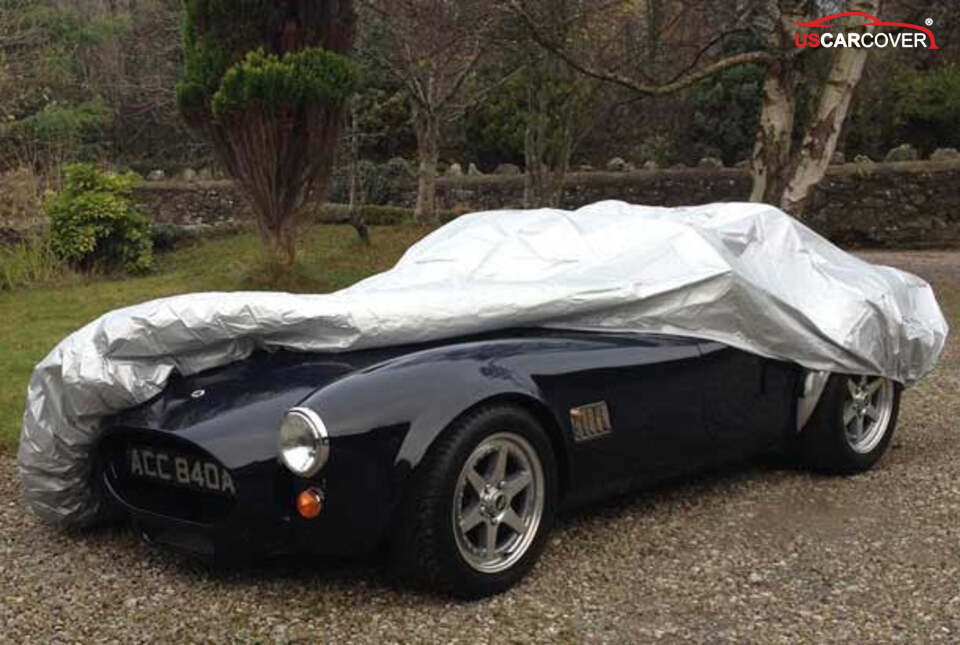
Conclusion
Protecting your AC Cars is more than a matter of pride, it’s about safeguarding rare classics that carry both historic heritage and modern value. From the original AC Ace to today’s GT SuperSport, each model represents craftsmanship and exclusivity that deserve the highest level of care.
Among all preservation methods, custom car covers stand out as one of the most practical and effective tools. They shield against UV rays, moisture, dust, and scratches while maintaining the originality and value of your classic.
If you own an AC, investing in a high-quality, tailored cover is a decision that pays off for decades. For premium, durable, and perfectly fitting options, visit uscarcover.com. Their wide range of covers is designed to fit all vehicle types—including rare classics like AC Cars—at affordable prices under $100. Protect your investment today and ensure your AC remains an icon for generations to come.
